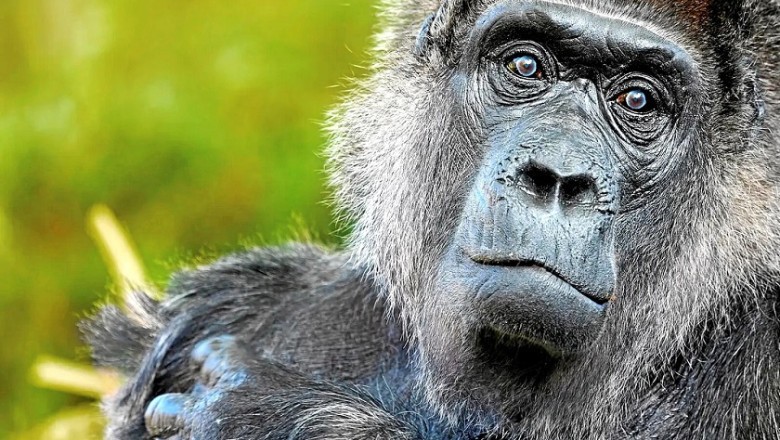
300
views
views
Explore how Western lowland gorillas engage in a vocal voting system to decide their movements collectively, challenging traditional assumptions about male dominance.


Despite being undoubtedly larger and stronger, the dominant Western gorilla shares his decision-making power with the entire clan, including the females.
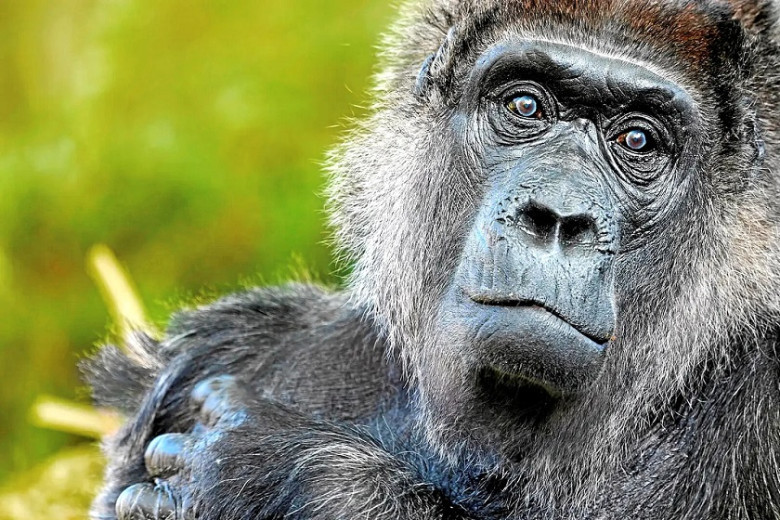
Among the Western lowland gorillas living in the dense tropical forests of the Central African Republic, it was long believed that the dominant male, known as the "silverback" due to his silver back, ruled his group alone, mainly consisting of females and young individuals ensuring his offspring. However, the frequent vocalizations exchanged between individuals before each movement intrigued a team of researchers from the National Museum of Natural History and the University of Neuchâtel in Switzerland. Especially since, to find the fruits they feed on, these animals often move over long distances and must stay together to avoid getting lost and to face potential dangers.
What could these exchanges mean? To find out, primatologists followed three groups of gorillas in the Dzanga-Sangha reserve for nearly a year. Their observations challenge common beliefs about these great apes and their social organization.
Who gives the signal for departure and who determines the direction of the march? The dominant male, despite being imposing in size and strength, is not the only one leading the way. In reality, decision-making results from a genuine process of vocal consensus. Gorillas, far from waiting for orders from the powerful silverback male, engage in a kind of vocal vote. Adults grunt to indicate their intention to leave; the more they grunt, the more likely the group is to start moving. It's a true "concert" of grunts, where every voice matters, and surprisingly, the voices of some females seem to be particularly influential.
In their study recently published in the scientific journal Proceedings of the National Academy of Sciences (Pnas), the researchers note that all adults can attempt to initiate a departure, but high-ranking individuals, whether female or male, are more likely to successfully initiate movements and, above all, influence the direction to take. As for the precise timing of departure, gorillas seem to use a quorum-like mechanism, where the final decision is made when enough members have expressed their willingness to leave; individuals are more inclined to move after vocalizing themselves or hearing the calls of other members.
This discovery is even more surprising as, until now, most studies on gorillas tended to attribute decision-making power almost exclusively to males. The strong sexual dimorphism between males and females – the former being significantly larger and heavier – seemed to reinforce this idea. However, it appears that, despite their smaller size, females do not just passively follow; they play a key role instead. According to Lara Nellissen, the study's lead author, these females have a deep understanding of their environment, including food sources, which partly explains their influence in these decisions.
Indeed, unlike mountain gorillas, whose food is more abundant and easy to find, Western gorillas must travel long distances to find the fruits that make up their diet. An efficient organization, valuing everyone's talents, is therefore essential. Gorillas remind us that cooperation, not coercion, is often the key to survival in a group...






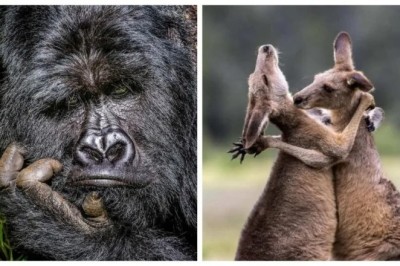
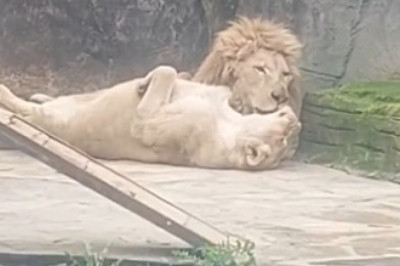
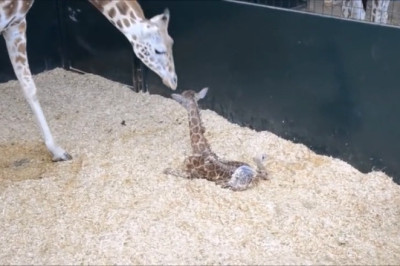


Comments
0 comment